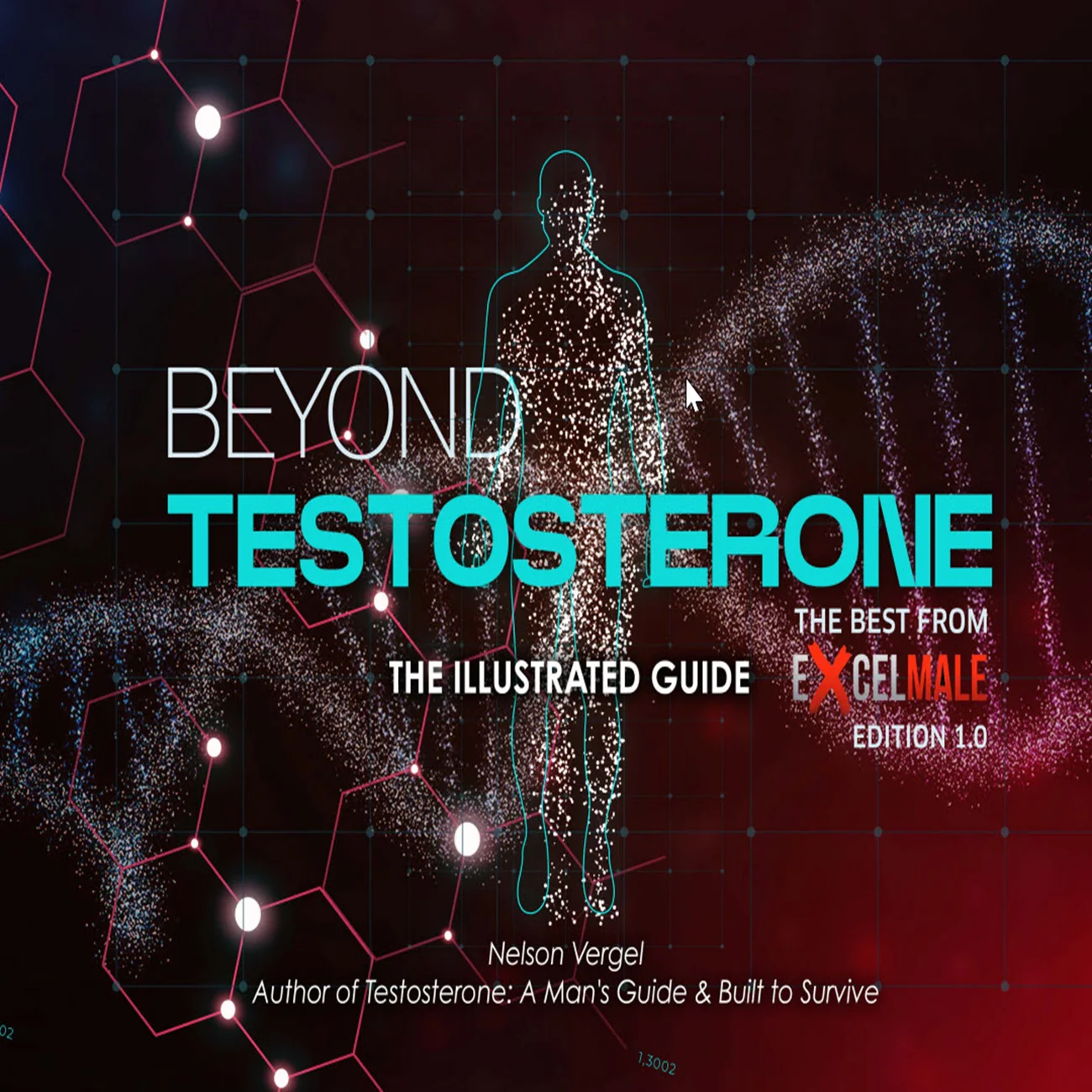Table of Contents
Highlights
- Testosterone levels decrease in men who get married.
- Testosterone levels increase in men who get divorced.
- The capacity for testosterone production did not differ according to marital status.
- The biological mechanisms behind these findings remain unresolved.
Abstract
Based on a large population of 1113 men aged 30–60 at baseline (mean: 44.1 years, standard deviation: 10.5), we investigated whether intra-individual changes in testosterone (T) and related reproductive hormones during a ten year period were dependent of marital status at baseline and follow-up.
The studied men were part of a health survey in Denmark, conducted between 1982 and 1984 with a follow-up examination approximately ten years later. Data on reproductive hormones, measured in serum, and lifestyle and marital status was obtained at both time points. As expected, an age-related decline in testosterone was observed.
However, independent of age and lifestyle, we observed that men who went from unmarried to married (n = 81) during the study period experienced an accelerated age-related decline in testosterone (?6.6 nmol/L) whereas men who went from married to unmarried (n = 67) experienced an attenuated age-related decline (?2.3 nmol/L).
Men who were either married or unmarried at both time points (n = 167, n = 798, respectively) had a testosterone decline in between (?3.7 nmol/L and ?4.6 nmol/L, respectively). Changes in T/LH ratio did not differ according to marital status indicating that the lowered T level is not compensated by increasing LH levels. This could suggest a modification of the gonadostat due to an adaptation to changing life circumstances.
Source













